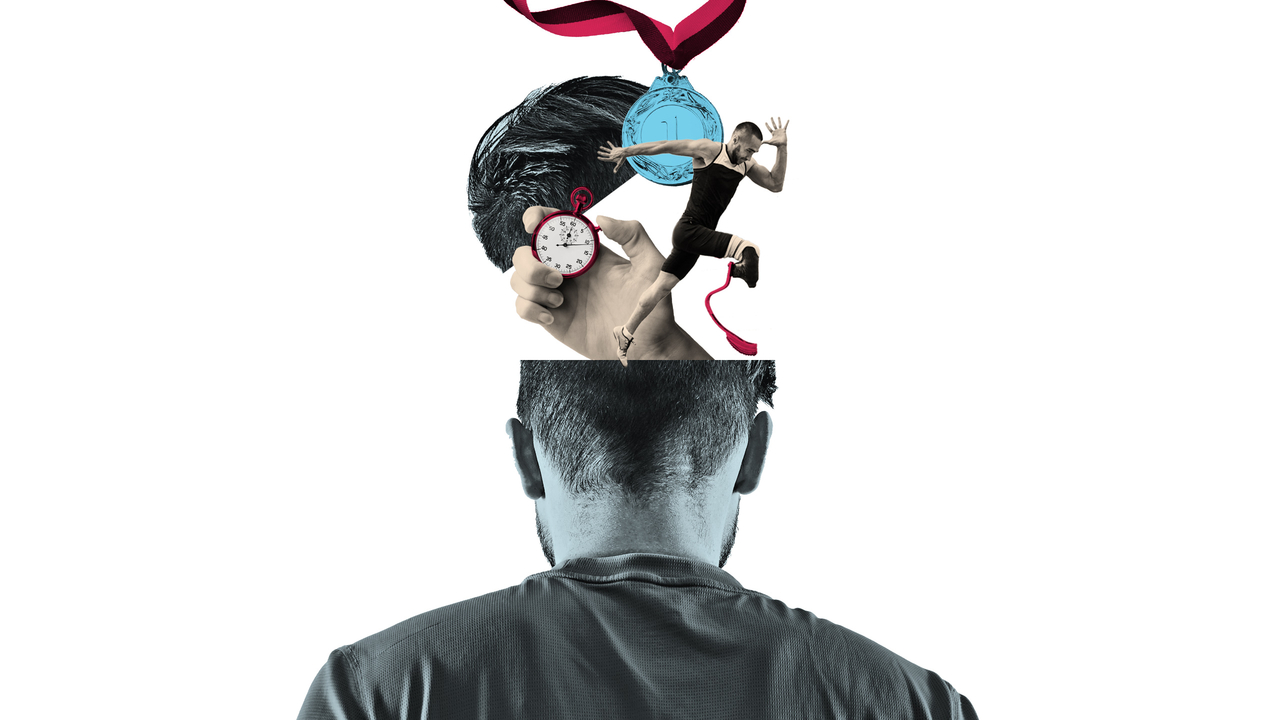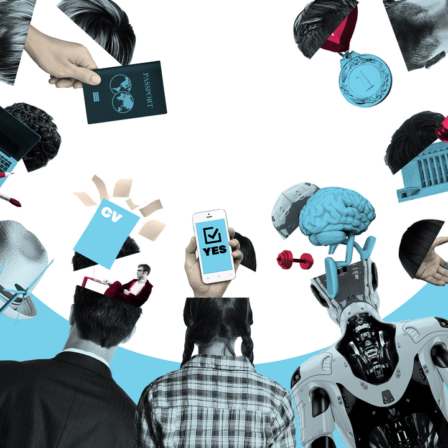Top-level sport often has to justify its position in society: why it is important and why it should receive public funding. One answer could be found in a study by the Research Institute for Olympic Sports KIHU, conducted as a part of the SenseMaker trials.
The gathered experiences show in no uncertain terms that sport evokes strong emotions. Joy and rage for your country (narrative 1: see the narratives below this article), pride (narrative 2) in your own or your child’s success and the positive experience of team spirit (narrative 3) in sports clubs.
KIHU asked respondents to share recent experiences they felt were significant for the future of Finnish sport. The survey was distributed by email and social media, and it received 48 responses. Even though the number of responses was low, the experiences and roles of the respondents were very diverse.
“The responses included types of responses and groups that we weren’t really expecting,” says KIHU researcher Outi Aarresola. “We thought that responses would have mostly been from people doing sports, but there were many responses from the parents of children with sporting hobbies.”
Without asking, concerns were raised by parents: exhausting trips to competitions, harsh qualification rounds, bullying and, most clearly, rising costs. Parents reported annual costs of over thousands of euros.
After all, the cost of funding adolescents’ competitive sports has doubled or even tripled during the 21st century. For example, the cost of competitive ice hockey for a 16-year-old cost over 12,000 euros in 2012. According to a report by the Ministry of Education and Culture, children’s sports hobbies are too expensive for a third of Finnish families.
So, the cost problem was not a new subject for KIHU researchers, but hearing from the parents gave it some depth.
“The cost of sport is a kind of abstract and pervasive theme,” says Aarresola. “But when you hear from a parent how much money they spend and what the family worries about, you get a sense of the everyday experience.”
The survey produced some other insights, as well. Firstly, nearly all positive sports stories were related to doing something new or in a new way, not repeating old things. In addition, a sizeable contingent of respondents estimated that, in their story, the most important thing was the connection to other people or the related thoughts and feelings. The physical body seems to be somehow secondary. Instead, the source of joy in positive stories was often the community.
SenseMaker teaches a new way of thinking
KIHU produces research on sport constantly. It is first and foremost concerned with top-level sports, but there is a forthcoming traditional survey for charting the general population’s views on sports.
For Outi Aarresola, SenseMaker was largely a trial method. “Maybe the other workshop participants had a clearer research problem, but we wanted, first and foremost, to try out this system, so we came up with a suitable subject,” she says.
All things considered, the trial worked well, and researchers learned new ways of thinking.
“This thought process can also be applied to other research tools by not posing questions to participants but providing respondents with an article that they start to give significance to. That way, you can get closer to everyday emotional states.”
However, Aarresola does not intend to start using the SenseMaker tool just yet; she thinks it is incomplete on a technical level. For example, designing and editing graphs felt awkward.
Analysing the KIHU responses in SenseMaker was made difficult by the low number of respondents. No clear trends appeared in the triangles for further observation. That is why Aarresola ended up organising the stories in a traditional way, by topic. The material is also so fragmented that it does not provide any clear research subject for further study.
So why were there so few responses?
“With regard to context, all sports as a single whole constitutes a huge area of interest. If we had, for example, only asked for stories from students in sports-oriented upper secondary schools or from the parents of small children, it would have been easier for the respondents to recognise themselves.”
Moreover, the time frame for this trial was a bit too short.
“This reminded me again why you need to plan things well!” says Aarresola, laughing. “Trials are a good idea when you are learning something and not just doing something new in a hurry.”



Latest